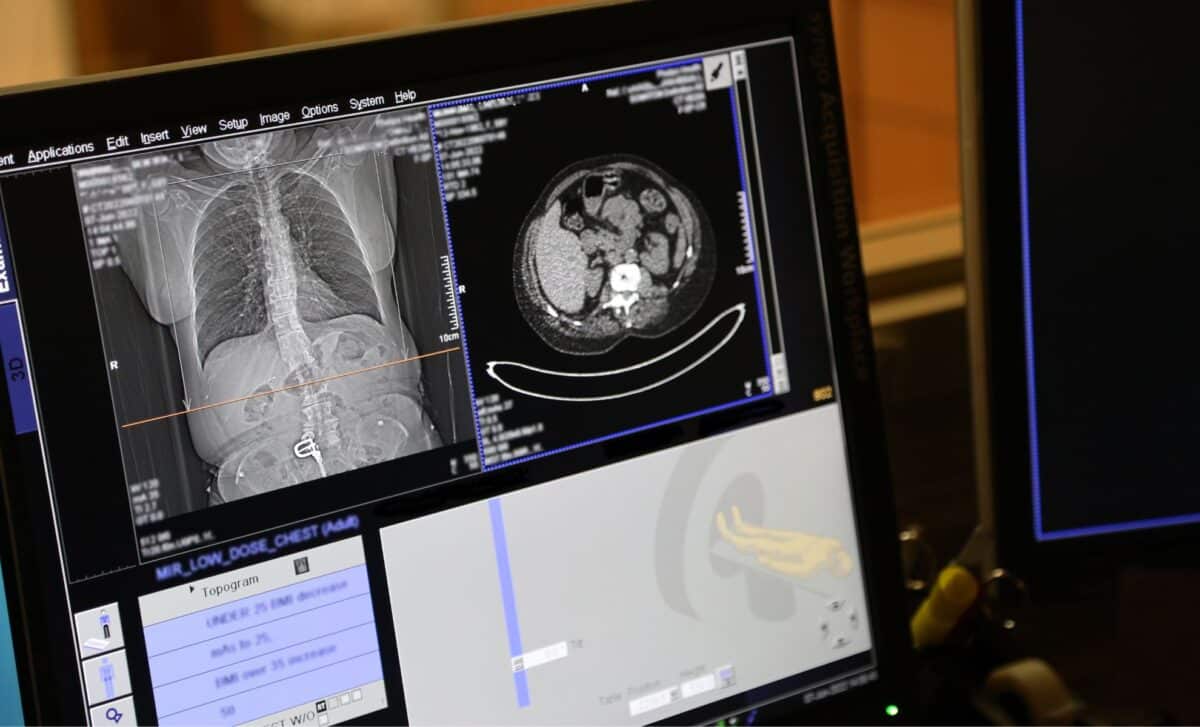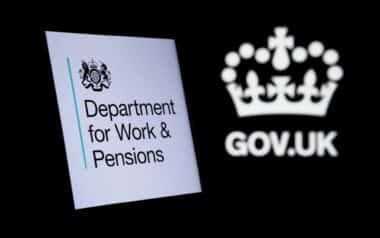Lung cancer mortality rates are significantly higher in the most deprived areas of the UK compared to more affluent regions, according to a new analysis by Cancer Research UK. The study found that individuals living in poorer areas are 60% more likely to die from cancer, with 28,400 excess deaths annually linked to deprivation.
The findings highlight persistent health inequalities, with lung cancer disproportionately affecting deprived communities. The report also reveals disparities in cancer care, including longer waiting times for treatment and higher emergency diagnoses among disadvantaged patients.
Higher Mortality Rates and the Impact of Lung Cancer
According to Cancer Research UK, cancer mortality rates in the most deprived areas stand at 337 deaths per 100,000 people, compared to 217 per 100,000 in the least deprived areas. This 1.6-fold difference underscores the significant impact of socio-economic status on cancer outcomes.
Lung cancer is the primary driver of this disparity, accounting for 47% of the excess deaths. The death rate for lung cancer in deprived areas is nearly three times higher than in wealthier regions. Smoking remains the leading cause of lung cancer, with smoking rates in the poorest parts of the country at least three times higher than in the most affluent areas.
Karis Betts, inequalities programme lead at Cancer Research UK, emphasised the need for targeted interventions, stating:
“Sustainably funding support to help people stop smoking will avoid so many cancer cases in deprived areas. But we also need new and better ways to diagnose cancer at an early stage, like targeted lung screening, which is proven to help save lives in at-risk communities.”

Disparities in Cancer Diagnosis and Treatment
The report highlights concerning inequalities in cancer care, with patients in the most deprived areas facing significant delays in diagnosis and treatment.
According to Cancer Research UK, cancer patients in these regions are up to a third more likely to wait over 104 days for treatment following an urgent referral.
Additionally, they are over 50% more likely to receive a cancer diagnosis only after presenting with symptoms in emergency settings.
Health experts argue that improving access to cancer care is essential to reducing these disparities. Dr Ian Walker, executive director of policy and information at Cancer Research UK, stated:
“No one should be at a greater risk of dying from this devastating disease simply because of where they live. These figures are shocking and unacceptable – but crucially, they’re avoidable.”
The NHS has introduced measures to improve early diagnosis, including targeted lung health checks, which have proven effective in identifying lung cancer at an earlier stage in high-risk communities.
Professor Peter Johnson, NHS national clinical director for cancer, noted that while progress has been made, “there is still much more to do to ensure that everyone receives a timely diagnosis and treatment.”









